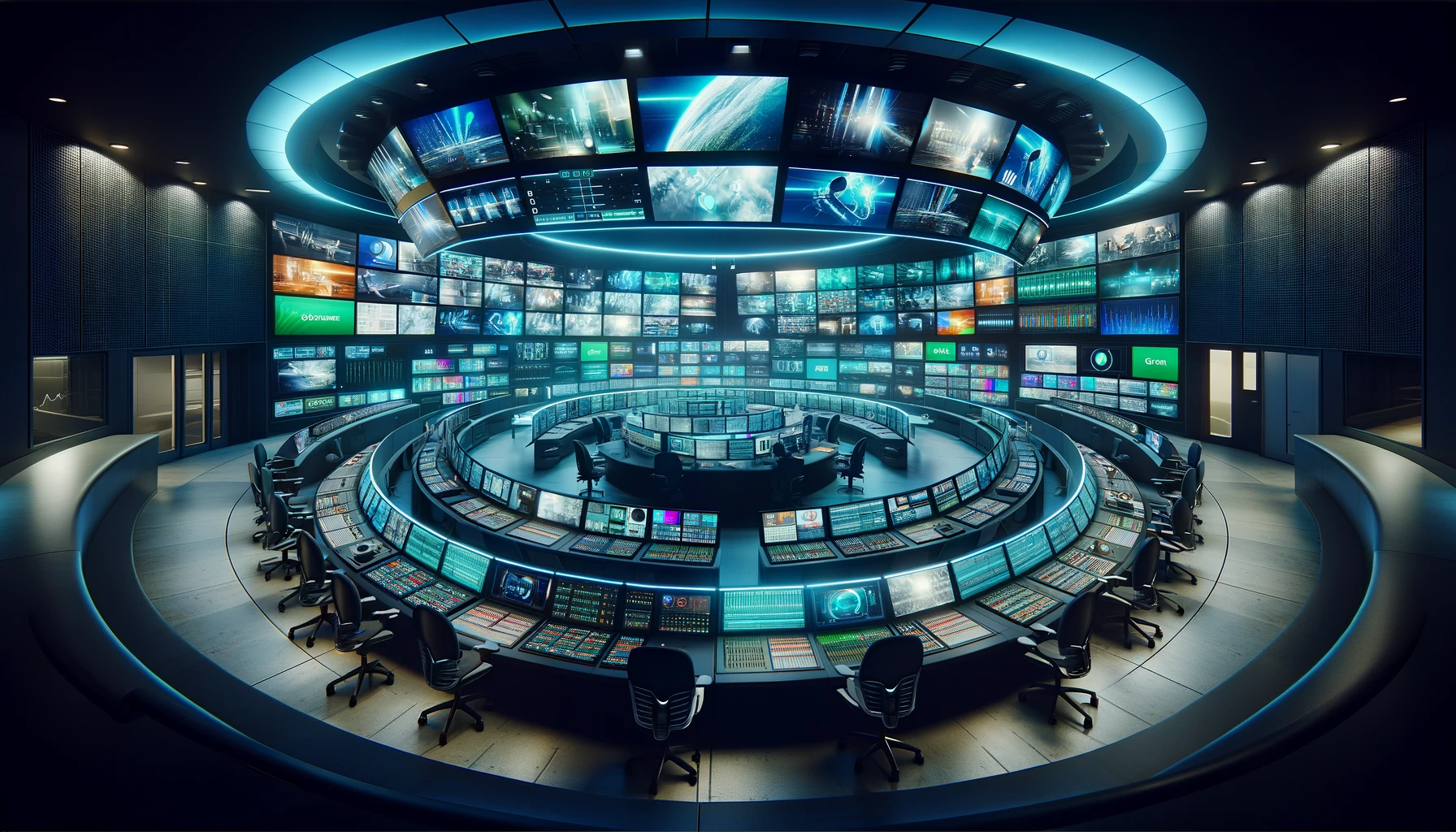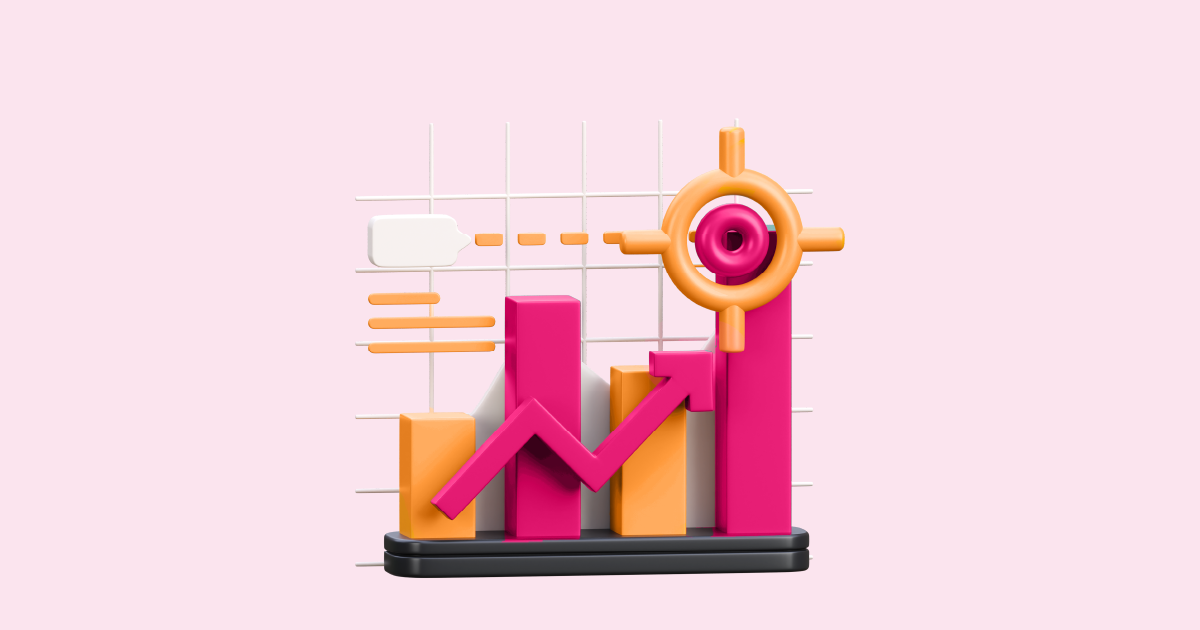In today’s digital age, where information spreads rapidly across various media platforms, keeping track of what’s being said about your brand or industry is crucial. TV & radio broadcast monitoring refers to the process of systematically observing and analyzing television and radio broadcasts to gain insights into public perception, competitor activities, and emerging trends. This article delves into the significance, mechanics, benefits, applications, and challenges of broadcast monitoring in the modern media landscape.
Importance of Broadcast Monitoring
Broadcast monitoring serves as a vital tool for businesses, government agencies, PR firms, and media outlets alike. By monitoring TV and radio broadcasts, organizations can stay informed about their brand mentions, track competitors’ activities, gauge public sentiment, and identify emerging issues or crises in real time. This proactive approach enables timely response strategies and helps in maintaining brand reputation and credibility.
How TV & Radio Broadcast Monitoring Works
TV & radio broadcast monitoring involves the use of sophisticated technologies and manual techniques to capture, record, and analyze audiovisual content. Automated monitoring systems utilize AI algorithms and speech recognition technology to scan through vast amounts of broadcast data efficiently. Manual monitoring techniques may include human analysts who review selected broadcasts for in-depth analysis and context.
Technologies Used in Broadcast Monitoring
1. Automated Monitoring Systems:
These systems utilize AI-driven algorithms to scan, transcribe, and analyze broadcast content in real time. They can identify keywords, sentiment, and trends across multiple channels simultaneously, providing comprehensive insights into media coverage.
2. Manual Monitoring Techniques:
Human analysts play a crucial role in ensuring the accuracy and context of broadcast monitoring. They review specific segments of broadcasts, verify data accuracy, and provide qualitative analysis that automated systems may overlook.
Benefits of TV & Radio Broadcast Monitoring
The benefits of broadcast monitoring are manifold. It allows organizations to:
- Monitor brand mentions and public sentiment
- Track competitors’ activities and industry trends
- Identify emerging issues or crises
- Measure the impact of PR campaigns and media outreach efforts
- Enhance media intelligence and decision-making processes
Applications of Broadcast Monitoring
Broadcast monitoring finds applications across various industries and functions:
- Media Intelligence: Understanding media coverage and audience perception
- Competitive Analysis: Tracking competitors’ marketing strategies and messaging
- Content Verification: Identifying instances of misinformation or fake news
- Crisis Management: Detecting and responding to potential crises in real-time
Challenges
Despite its benefits, broadcast monitoring also poses certain challenges:
- Volume and Velocity: Managing large volumes of broadcast data in real-time
- Accuracy and Context: Ensuring the accuracy and context of automated transcription and analysis
- Privacy and Ethics: Addressing concerns related to privacy rights and ethical use of monitoring technologies
Best Practices for Effective Broadcast Monitoring
To maximize the effectiveness of broadcast monitoring, organizations should:
- Define clear monitoring objectives and metrics
- Utilize a combination of automated and manual monitoring techniques
- Regularly review and refine search queries and monitoring parameters
- Invest in training and development of monitoring analysts
Future Trends
The future of broadcast monitoring lies in:
- Advanced AI and machine learning algorithms for deeper insights
- Integration with social media and online platforms for comprehensive coverage
- Personalized monitoring dashboards and analytics tools for tailored insights
Cost Analysis
The cost of broadcast monitoring services varies depending on factors such as coverage scope, frequency of monitoring, and level of analysis required. Organizations can choose from a range of service providers offering tailored solutions to meet their specific needs and budget constraints.
Regulatory Compliance
Broadcast monitoring must adhere to regulatory guidelines and privacy laws governing the collection and use of media content. Organizations should ensure compliance with relevant regulations such as GDPR and FCC guidelines to avoid legal implications.
Comparison with Social Media Monitoring
While social media monitoring focuses on online conversations and user-generated content, broadcast monitoring offers insights into traditional media channels such as TV and radio. Combining both approaches provides a comprehensive understanding of media coverage and public sentiment across multiple platforms.
Case Studies: Record-Breaking Broadcast Monitoring Success Stories
- Nike’s Crisis Response During a Live Broadcast In a high-stakes moment during a major sporting event, a famous athlete’s Nike shoe malfunctioned, leading to immediate backlash across social media and traditional media. Using real-time TV and radio broadcast monitoring, Nike quickly identified the scale of the issue and was able to issue a public apology within hours. The company leveraged this monitoring to track ongoing coverage, adjust their response strategy, and mitigate damage to their brand reputation. This swift action turned a potential crisis into a case study in damage control.
- Political Campaigns: Understanding Public Sentiment During a national election, a political party used broadcast monitoring to track how their candidate was portrayed across different media outlets. By analyzing real-time coverage and public sentiment, the campaign team adjusted their messaging to counter negative portrayals, improve their visibility, and focus on key issues raised by the public. This strategic use of broadcast monitoring contributed to a noticeable shift in polling numbers, proving the effectiveness of media intelligence in shaping public perception.
- Global Healthcare Campaigns: Combating Misinformation A major global health organization deployed broadcast monitoring during the pandemic to track misinformation about COVID-19. By monitoring TV and radio broadcasts in different regions, they were able to identify misinformation hotspots and respond swiftly with accurate information through localized media outlets. The organization’s proactive media strategy helped to correct false claims and foster public trust, contributing to the success of their health campaigns.
Influencer Tweets and Quotes
- Elon Musk on Broadcast Monitoring and Media Influence “With real-time monitoring of broadcast channels, companies can move faster than ever before to manage crises and protect their image. It’s a game-changer in the world of media intelligence.”
– Elon Musk, CEO of Tesla & SpaceX - Gary Vaynerchuk on Competitive Advantage “If you’re not using broadcast monitoring to track what’s happening on traditional media, you’re leaving money on the table. It’s all about attention, and knowing where your competitors are winning is the ultimate edge.”
– Gary Vaynerchuk, Entrepreneur and Influencer - Richard Branson on Brand Monitoring “You can’t respond to what you don’t know about. Staying ahead in the media game requires constant awareness of what’s being said on the airwaves. Smart monitoring helps businesses avoid surprises.”
– Richard Branson, Founder of Virgin Group
Conclusion
In conclusion, TV & radio broadcast monitoring plays a crucial role in today’s media landscape, enabling organizations to stay informed, proactive, and responsive in a fast-paced environment. By harnessing the power of advanced technologies and human expertise, businesses can gain valuable insights, mitigate risks, and maintain a competitive edge in the digital age. If you’re ready to experience the benefits of broadcast monitoring firsthand, request a demo from AIM Technologies today and discover how our solutions can elevate your media intelligence strategies.
FAQs
Is broadcast monitoring only relevant for large corporations?
- No, broadcast monitoring is beneficial for organizations of all sizes, including small businesses, government agencies, and non-profit organizations.
How frequently should broadcast monitoring be conducted?
- The frequency of broadcast monitoring depends on factors such as industry dynamics, PR objectives, and budget considerations. It can range from real-time monitoring to periodic reviews.
Can broadcast monitoring be customized to specific keywords or topics?
- Yes, broadcast monitoring can be customized to track specific keywords, topics, or themes relevant to the organization’s interests and objectives.
Are there any privacy concerns associated with broadcast monitoring?
- Organizations must ensure compliance with privacy regulations and ethical guidelines when conducting broadcast monitoring to protect individuals’ rights and interests.
What are the key metrics used to measure the effectiveness of broadcast monitoring?
- Key metrics include media reach, share of voice, sentiment analysis, and competitive benchmarking, among others.




